
Jupiterimages/Photos.com/Getty Images
Canoeing trips range from relaxing summertime floats to wintertime explorations and even whitewater adventures. Dressing appropriately for a canoe trip keeps your focus on the fun and helps you stay comfortable and safe when you're on the water. While what you wear depends upon both the air and water temperatures, you should always dress with the assumption that you may end up in the water or have to carry your canoe on land.
Summer Trips
When you're canoeing in warmer water in the summertime, dressing for the trip is relatively easy. Choose comfortable, breathable fabrics and wear a swimsuit underneath, so you can take a dip occasionally. Skip the flip-flops in favor of old sneakers or water shoes that will stay on your feet if you need to pull the canoe through the shallows or you capsize during your trip. Sun protection is essential, so add a large-brimmed hat and plenty of sunscreen to your summer canoeing wardrobe. You might even consider high SPF clothing to protect your skin, particularly if you're prone to burning.
Cold-Water Canoeing
When the air temperature is warm, but the water is cold, dressing for a canoe trip becomes more complicated. If you're paddling in very placid waters, you may want to simply pack a change of clothes in a dry bag and dress for the air temperature. If you do end up in the water, having fresh, dry clothes will likely be adequate to keep you comfortable. If you're canoeing in rougher waters and expect whitewater or heavy rapids, you may want to wear a wetsuit or dry suit for protection from the cold water.
Cold-Weather Canoeing
Winter and cold-weather canoe trips require significantly more planning. Layer clothing for warmth in cold-air conditions, wearing a base layer, insulating layer, and water- and windproof shell. Neoprene, polypropylene or wool gloves will protect your hands. Follow the 100-degree rule to prevent hypothermia. If the combined air and water temperature is less than 100 degrees, you need not only warm layers to stay comfortable, but also a wet- or dry suit to prevent hypothermia. Dry suits provide substantially more protection. Carrying additional warm, dry clothing in a dry bag is essential.
Life Jackets
Even if you're a strong swimmer, the American Canoe Association recommends that you wear a life jacket or personal flotation device. In the event that you capsize in rapids, your life jacket can keep you upright. Invest in a comfortable and lightweight life jacket to make paddling more pleasant -- inexpensive ones are often quite bulky and may inhibit your movement. If you're canoeing in whitewater, a helmet is a wise choice for additional safety and protection.
Related Articles
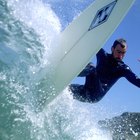
Dry Suits vs. Wetsuits
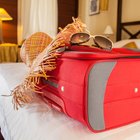
What to Pack for Hawaii

Rash Guard for Swimming
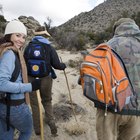
Can You Wear Jeans While Hiking?

What to Wear to the Zoo

How to Wear a Suit in the Rain
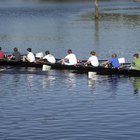
Clothing For Rowing

When to Wear a Wetsuit in Open-Water ...

What to Wear to the Beach in Winter

How to Dress for Colorado Winter Weather

What to Wear on a Sunday Date
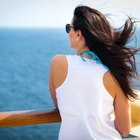
What to Wear: Cruise Wear for Ladies

Linen vs. Wool Blazer

What Is a Thermal Shirt?

Cute Outfits to Wear With Cowboy Boots
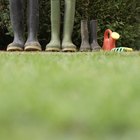
Water-Resistant Vs. Waterproof Boots

What Are Winter Jackets Made Of?

Can a Wool Coat Be Worn in the Rain?
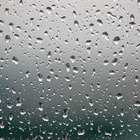
How to Make My Columbia Jacket Water ...

What Is the Proper Attire for a Day ...
References
Writer Bio
With a master's degree in art history from the University of Missouri-Columbia, Michelle Powell-Smith has been writing professionally for more than a decade. An avid knitter and mother of four, she has written extensively on a wide variety of subjects, including education, test preparation, parenting, crafts and fashion.
Photo Credits
Jupiterimages/Photos.com/Getty Images